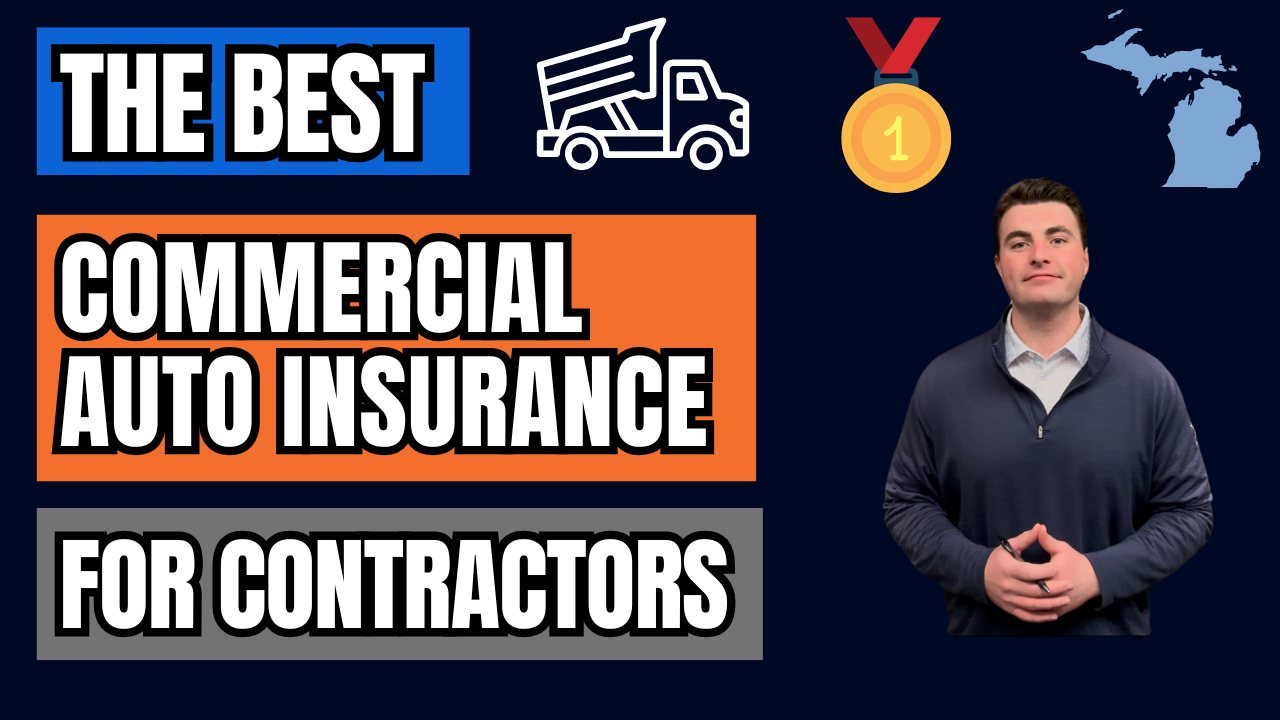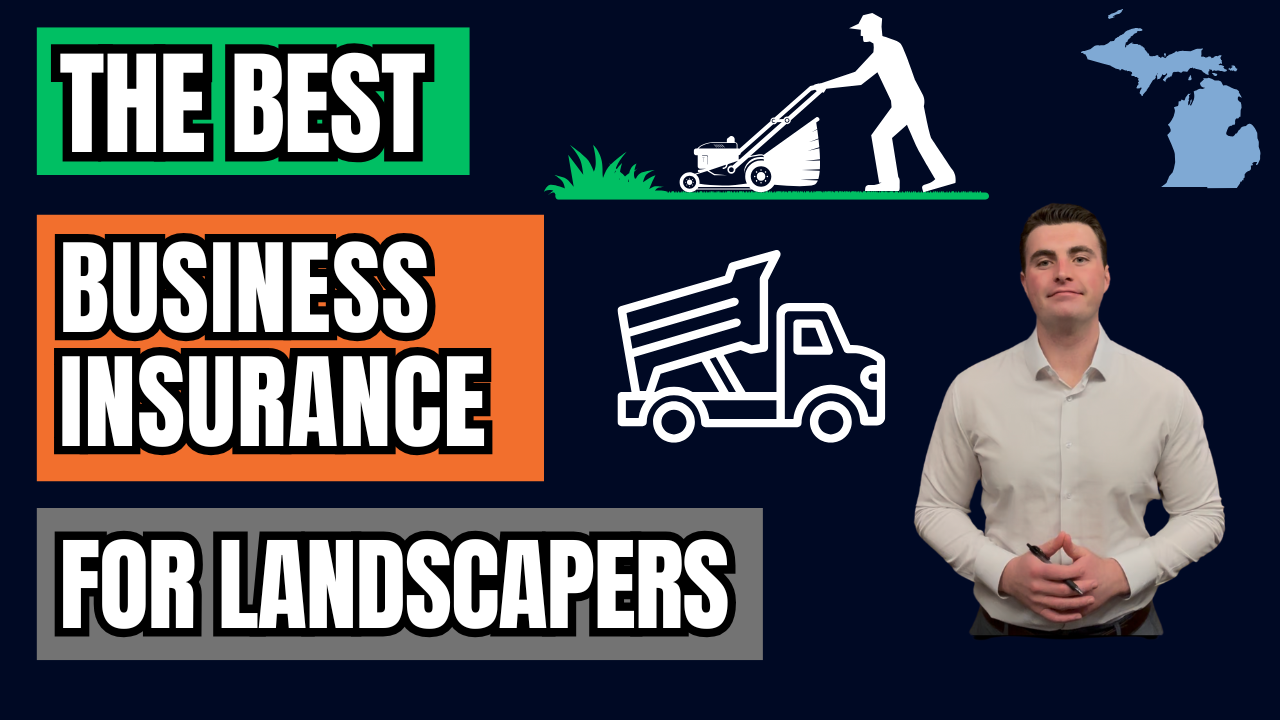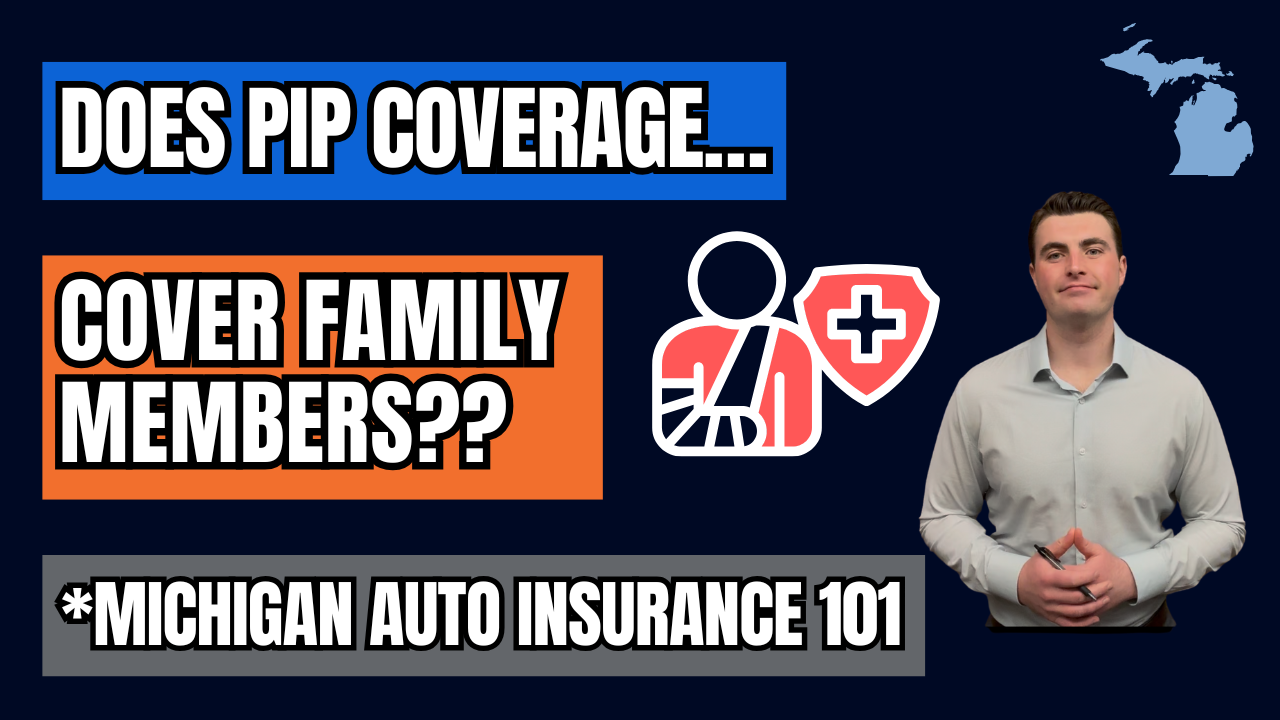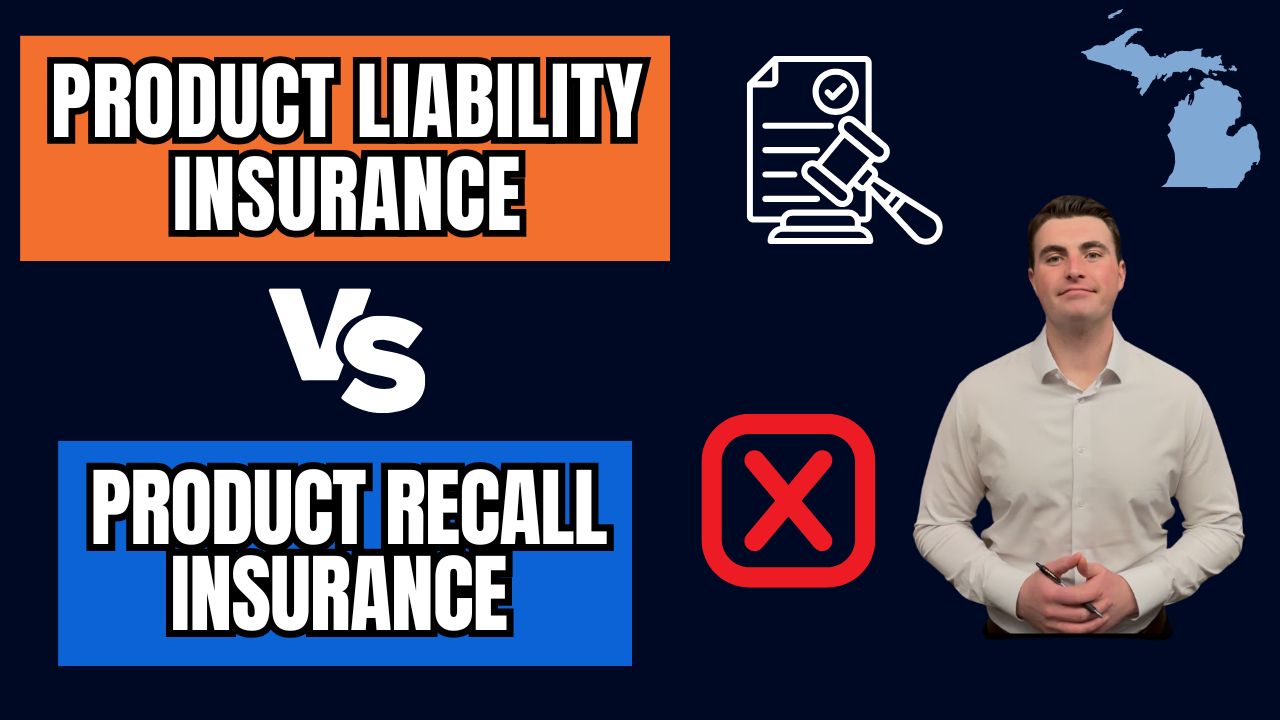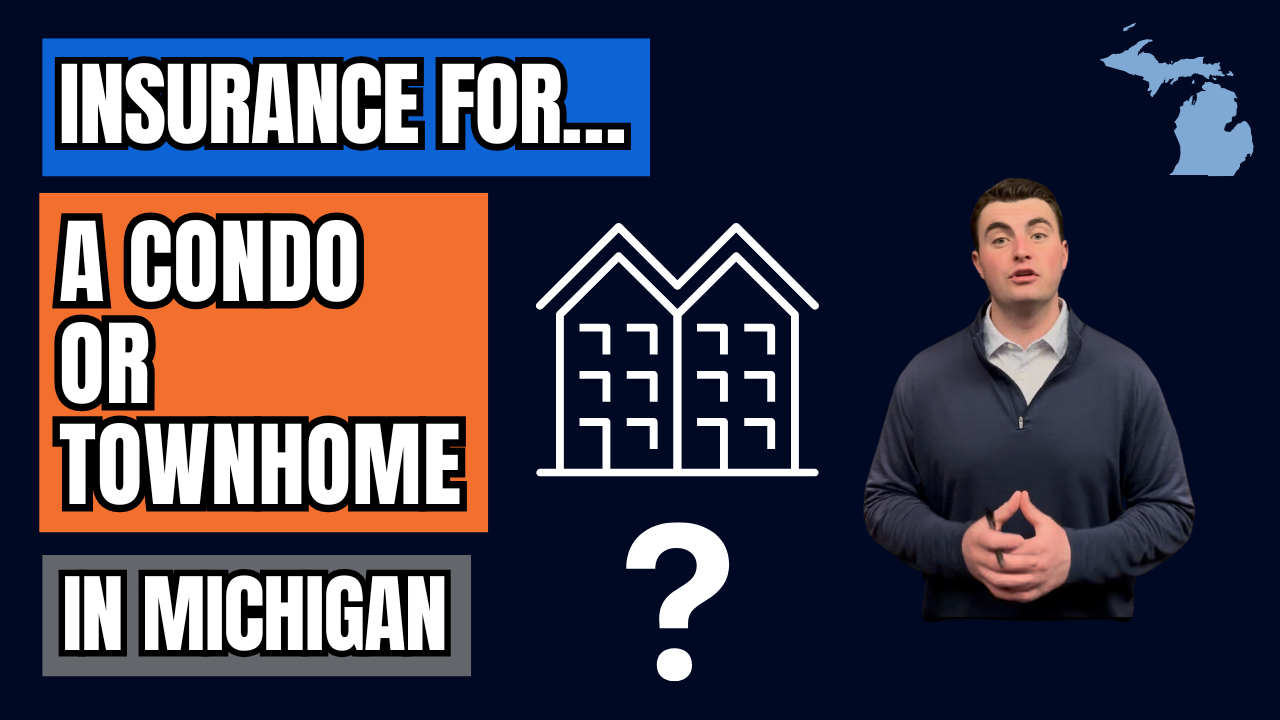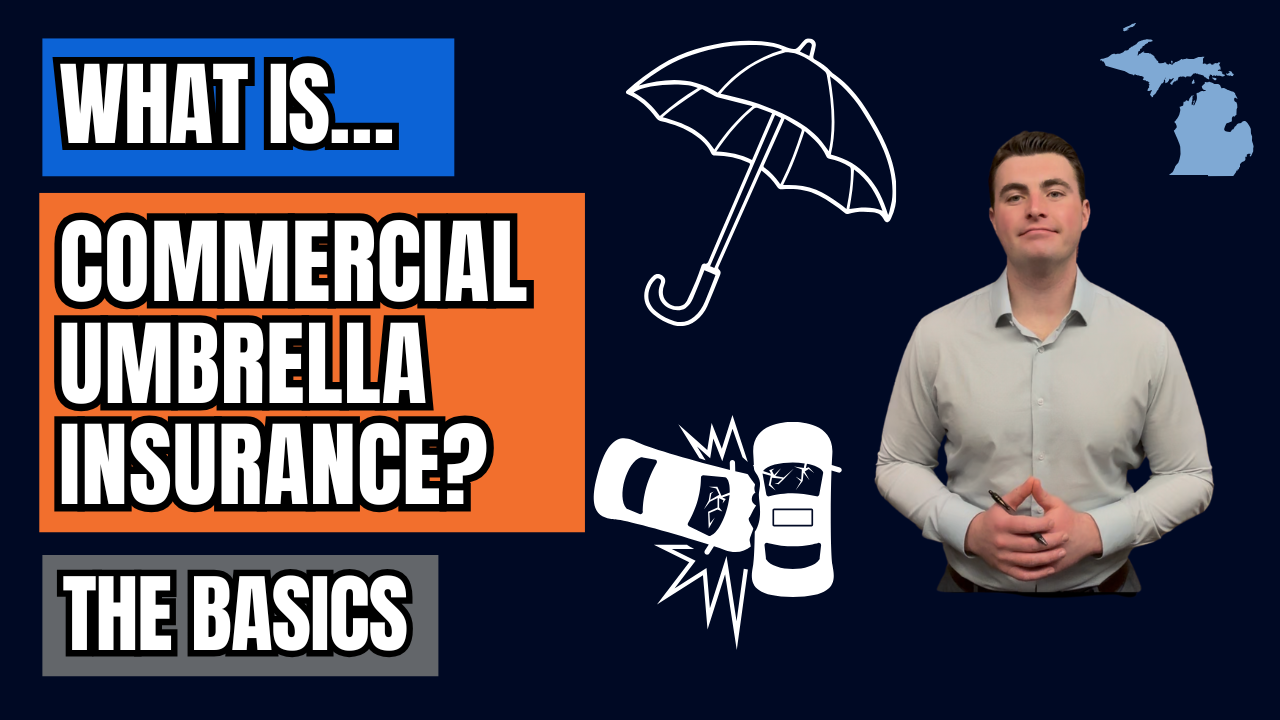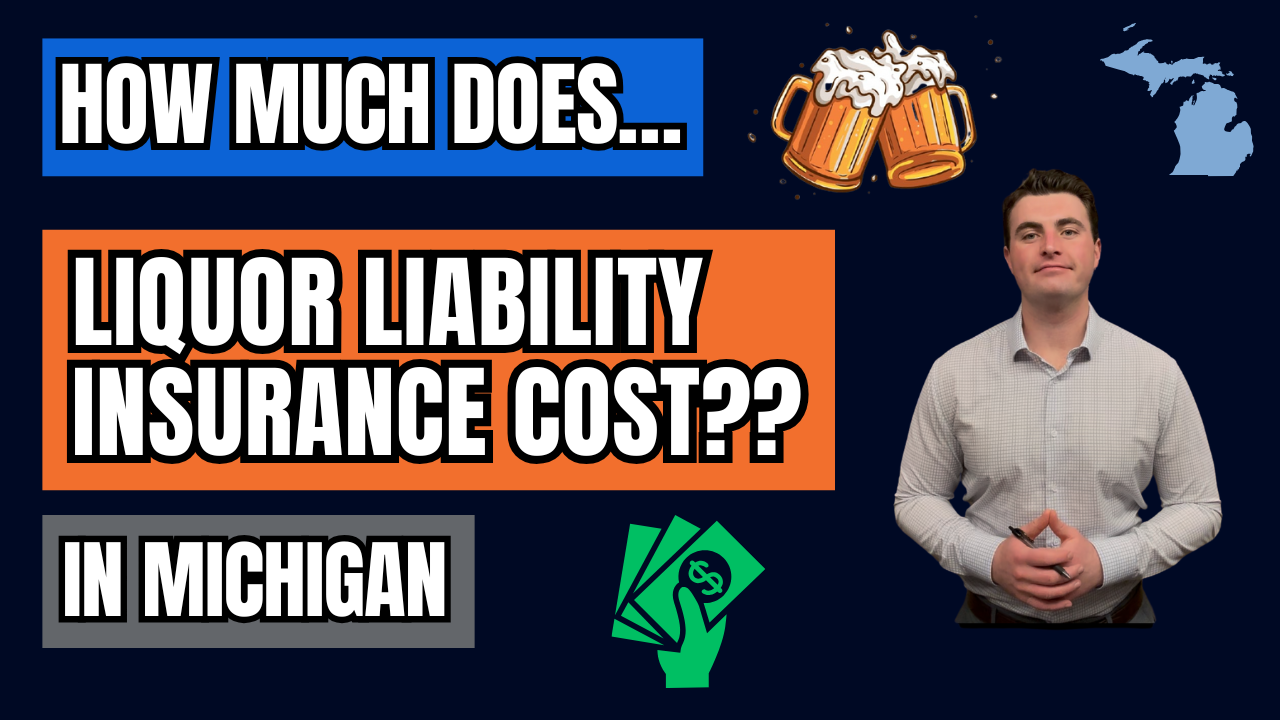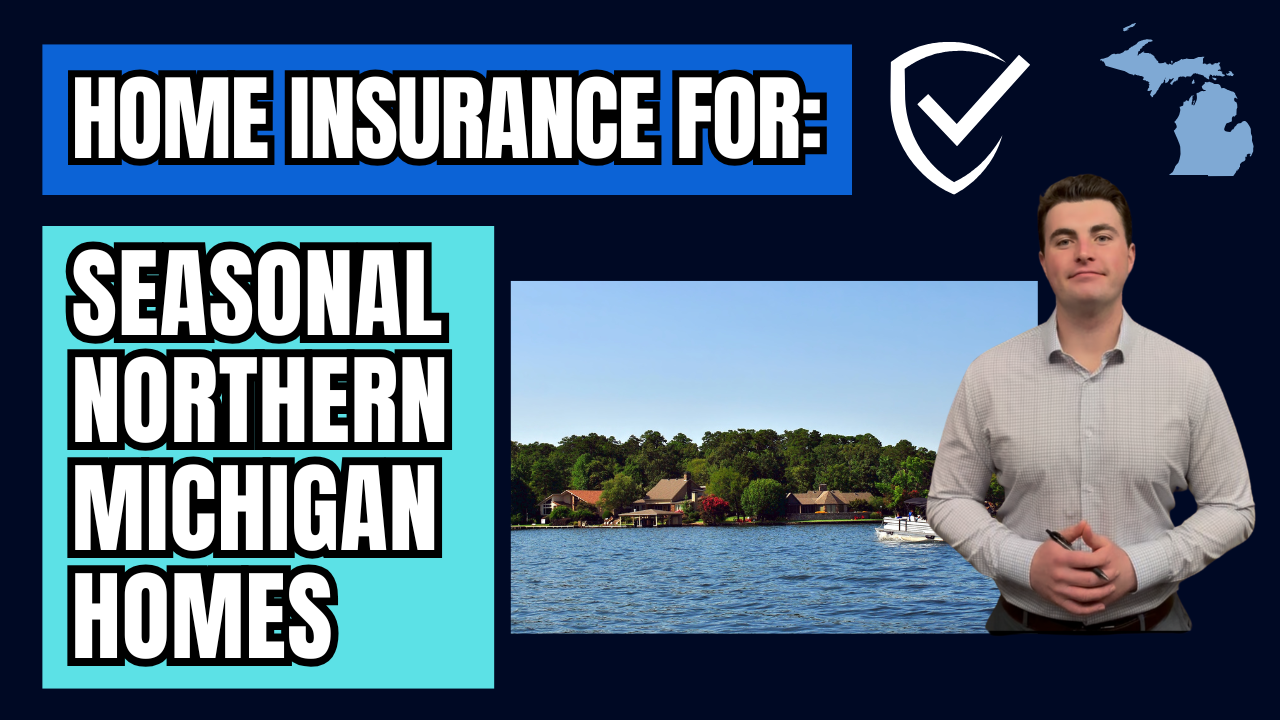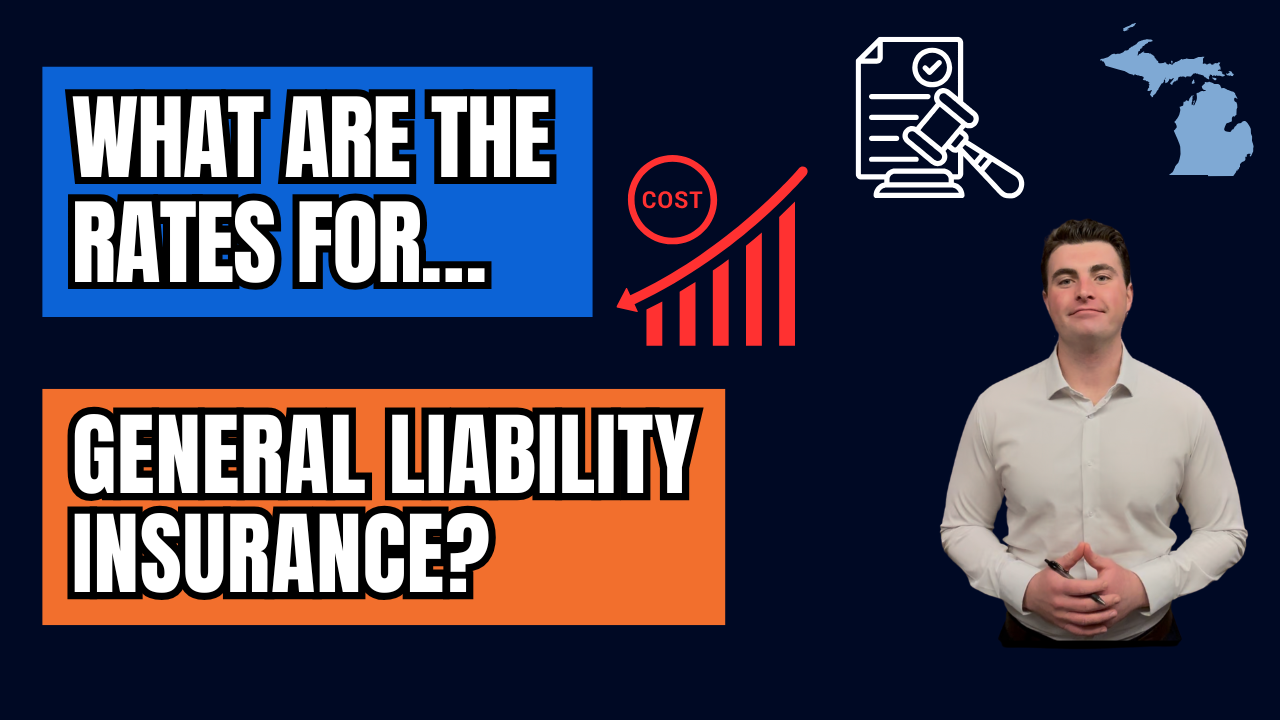Tech E&O Insurance: Everything You Need To Know (FULL GUIDE)
Tech E&O Insurance: Everything You Need To Know (FULL GUIDE)
If you’re in the technology sector—whether you’re building software, managing networks, or offering IT consulting—Technology Errors & Omissions Insurance (Tech E&O) is one of the most important forms of protection your business can have.
This guide breaks down what Tech E&O insurance covers, how it works, who needs it, and the most common mistakes to avoid when choosing a policy.
What Is Tech E&O Insurance?
Tech E&O insurance is a specialized form of professional liability insurance that protects technology professionals and companies from claims of negligence, errors, or failure to perform their services as promised.
In short: If your technology product or service doesn’t work as expected and causes a financial loss to your client, Tech E&O helps cover the costs.
Real-World Examples of Tech E&O Claims
- A software developer rolls out a glitchy update that wipes client data, leading to significant downtime and lost revenue.
- An IT consultant recommends a system upgrade that ends up disrupting the client’s business operations.
- A hardware provider ships malfunctioning equipment that causes delays in a customer’s operations.
In each case, the client could sue for damages. Tech E&O helps cover legal fees, settlements, and judgments—whether the claim has merit or not.
What Does Tech E&O Insurance Typically Cover?
- Financial Losses caused by technology errors or service failures
- Legal defense costs, even if the claim is groundless
- Negligence or misrepresentation in your services
- Operational disruptions stemming from faulty recommendations or implementations
- Coverage for third-party data breaches, depending on the policy structure
Note: Many Tech E&O policies include cyber liability components, but they are not always comprehensive. Be sure to clarify the extent of cyber-related coverage with your agent and insurance company.
Key Features of Tech E&O Policies
- Claims-Made Basis: Coverage only applies if the claim is made while the policy is active.
- Defense Costs Included: Legal expenses are typically covered, which can save your business tens of thousands of dollars.
- Customizable Coverage Limits: Choose limits that reflect the size of your contracts and the potential financial exposure.
- Retroactive Date: Policies may include a retroactive date to cover claims stemming from prior services.
Tips for Buying or Renewing Tech E&O Insurance
- Assess Your Risk
Match your policy limits and coverage areas to the specific services and client types you work with. - Understand the Exclusions
Many policies exclude intentional misconduct, contract disputes, and certain types of cyber incidents. Know what’s not covered. - Review Annually
As your business evolves, so should your insurance. Review your coverage yearly to stay current. - Ask About Retroactive Coverage
If you're switching insurers, make sure past work is still protected under your new policy.
Common Mistakes to Avoid
- Underestimating Your Risk: Even small tech businesses can face large lawsuits.
- Choosing Low Coverage Limits: Going cheap can leave you vulnerable to big financial hits.
- Ignoring Policy Exclusions: These can make or break your ability to file a successful claim.
Do You Really Need Tech E&O Insurance?
If you provide technology-based services or products, the answer is yes. Clients today expect high performance, and even small oversights can lead to major financial consequences.
Tech E&O insurance is your financial safety net, giving you the confidence to grow your business without fear of a misstep costing you everything.
Need help reviewing your Tech E&O policy or getting coverage in place?
📞 Contact us today and let’s make sure your business is protected.
Contact Us
We will get back to you as soon as possible.
Please try again later.
